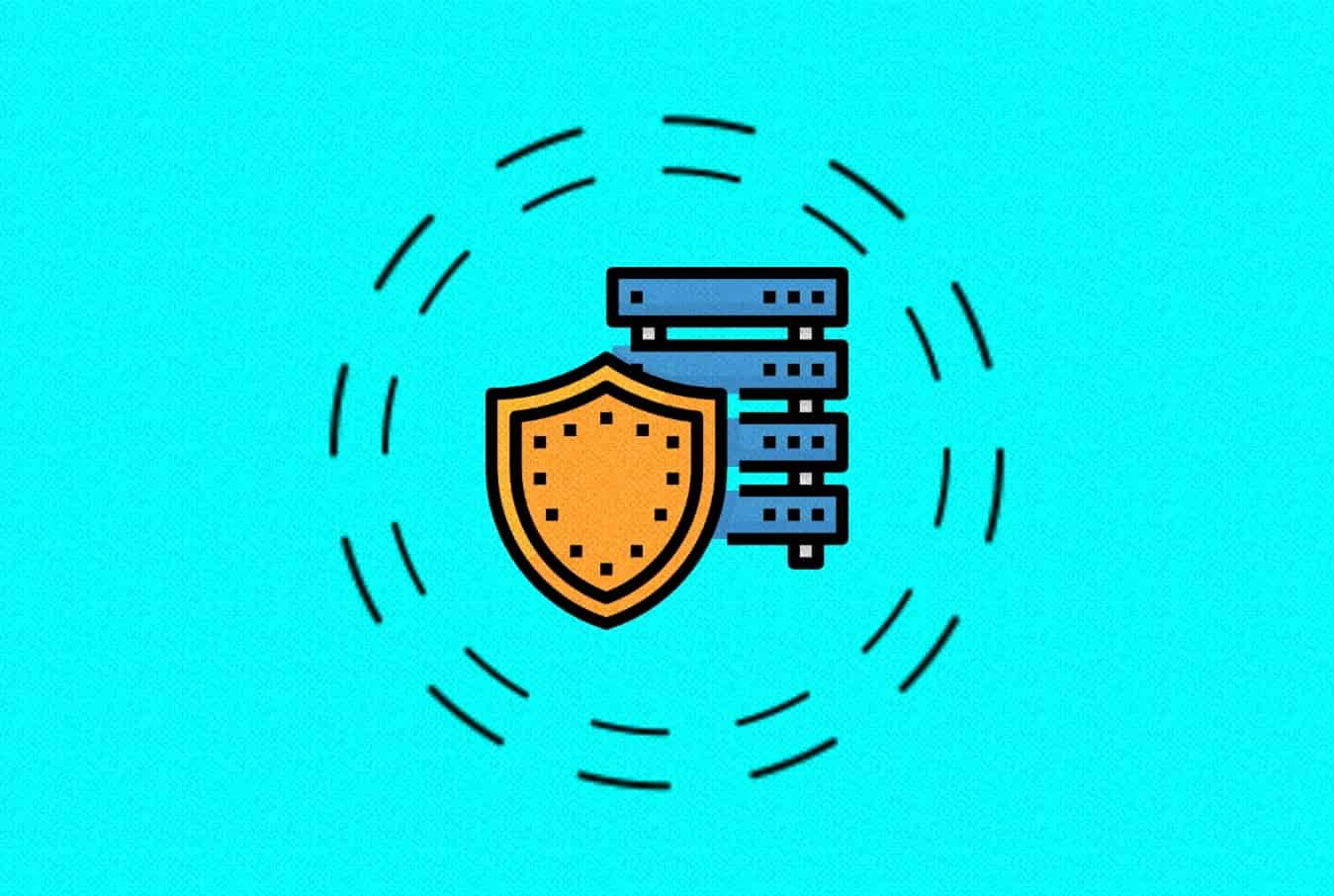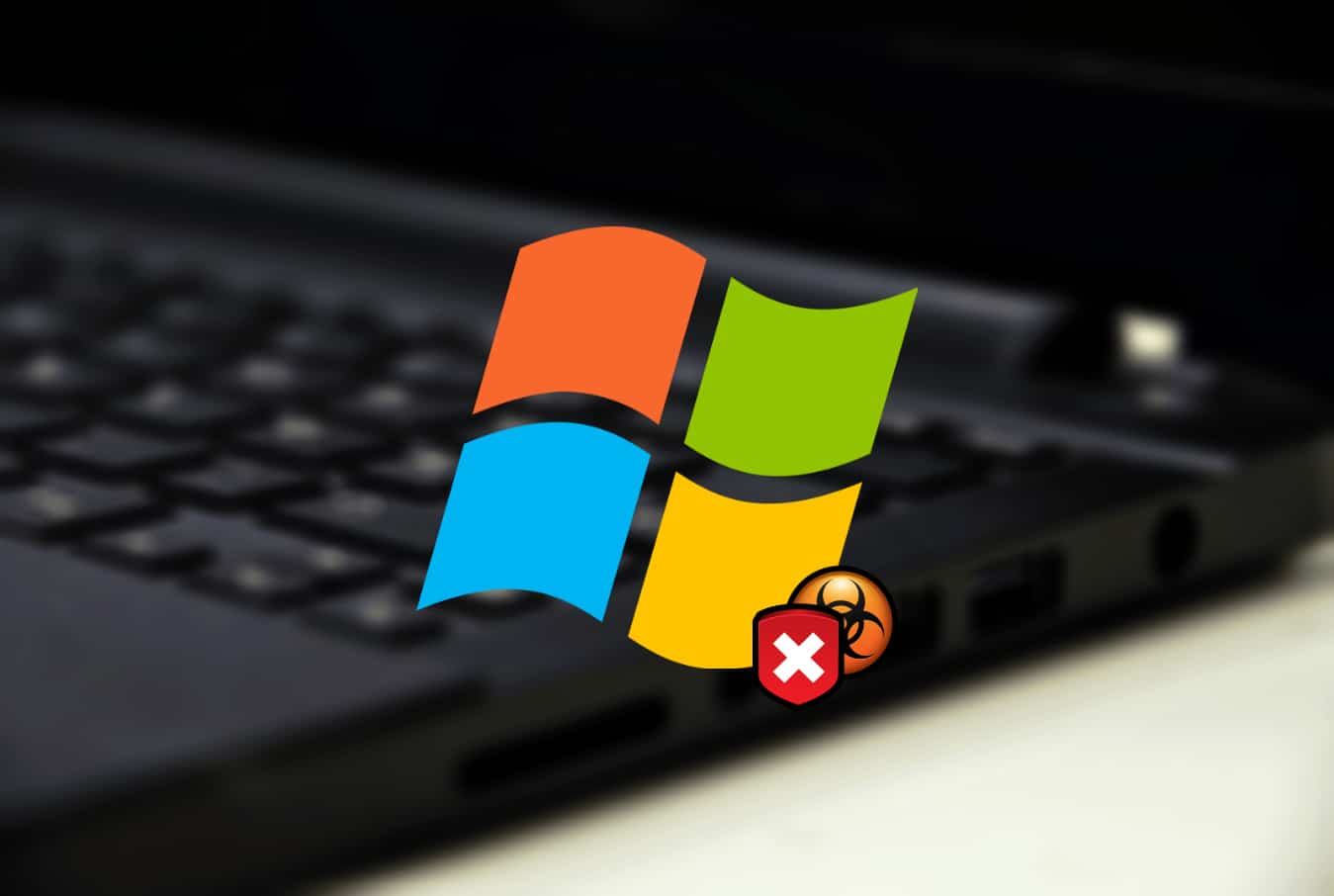Today, removable devices like flash drives and external hard drives help make data transport much easier. Large amounts of corporate data can easily be transferred from one branch office to the next with just a small flash drive. While this is a huge convenience for many organizations, it’s also a big security issue that can only be mitigated with device control protocols.
What Is Control?
Device control is a cybersecurity measure that limits or completely blocks access of certain devices from your secured network. This means that only approved devices have access to your network and only approved removable devices can transfer and receive data from your endpoint devices.
Device control also monitors where these devices are being used and who is using them. By having access rules, device control measures can limit who can use these external devices and when. Doing this prevents corporate spies and insiders from taking data from inside your network without you knowing.
What Is Control? — What Devices Should Have Device Control?
Implementing device control policies can be quite difficult, especially for large companies with many devices connected to their network. While not all devices within your network need to be controlled, there are certain ones that you definitely need to have device control over. Below is a list:
USB Flash Drives
This external storage device is the most common storage device used today. Flash drives are used to store all kinds of data for backup or for transfer to another computer or device. They are handy because of their small size and ease of use.
But most flash drives don’t encrypt the data stored in them, making them readable to anyone who gets hold of one. With device control measures in place, access rules can execute an encryption protocol before data is transferred to the USB flash drive.
CD/DVD drives
While the use of CD is slowly disappearing, there are computer devices that still have a CD/DVD drive. Neglecting to put device control on CD drives can allow insiders to burn your data into a CD and sell it in the information market.
External Wi-Fi Adapters
Wi-Fi adapters are another common device available to anyone. This small external adapter allows computer devices without a built-in Wi-Fi adapter to send and receive data through a Wi-Fi network.
For a normal user, this device is harmless. But in the hands of an expert hacker, it can be an access way into your company’s network. Implementing device control will limit and monitor the external Wi-Fi adapters connecting to your network.
Wi-Fi Connected Printers/Scanners
One of the biggest technological innovations today is the ability of simple devices like printers and thermostats to connect to the internet. This is called the Internet of Things (IoT) and has made many tasks easier to do.
But internet-connected devices like these are vulnerable spots for hackers. Without the proper access rule, hackers can infiltrate your network through these devices or steal sensitive data being received.
What Is Control? — Final Note
Cyberattacks and corporate espionage can come in all forms. And the need for strong cybersecurity has never been more important than today. Create a formidable defense against cyberattacks now by including device control in your list of cybersecurity measures.
Also, Read










